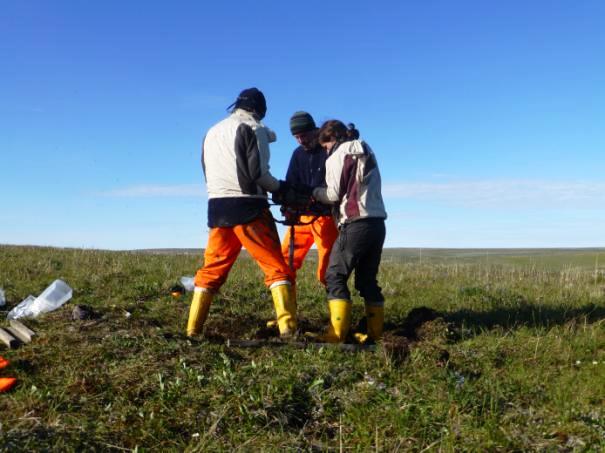This year, students from Russia, United States, Norway, Germany, Italy, China and United Kingdom, have been spending part of July, researching and studying the effects of permafrost thaw on Russian cities.

The young researchers will conduct permafrost studies during next 2 weeks of Siberian summer school.
Next week, the new series of PAGE21 summer blogs will start in order to raise awareness of general public and inform about changing permafrost and its global effects in the 21st century.
This year, PAGE21 young researchers will blog from Herschel Island, Samoylov and Cherskii. They will be available through the PAGE21 website.
Approximately 24% of the exposed land surface in the Northern Hemisphere is permafrost, according to a United Nations Environment Program report. Permafrost, or perennially frozen ground, has been under intense recent study because of the rapid acceleration of permafrost thaw.
The National Oceanic and Atmospheric Administration's Arctic Report Card notes that in 2013 record high permafrost temperatures were recorded in Alaska and Canada, and in 2012 active permafrost layer thickness in west Siberia was the greatest observed since 1996.
To learn more about permafrost research, please access the PAGE21 website.
